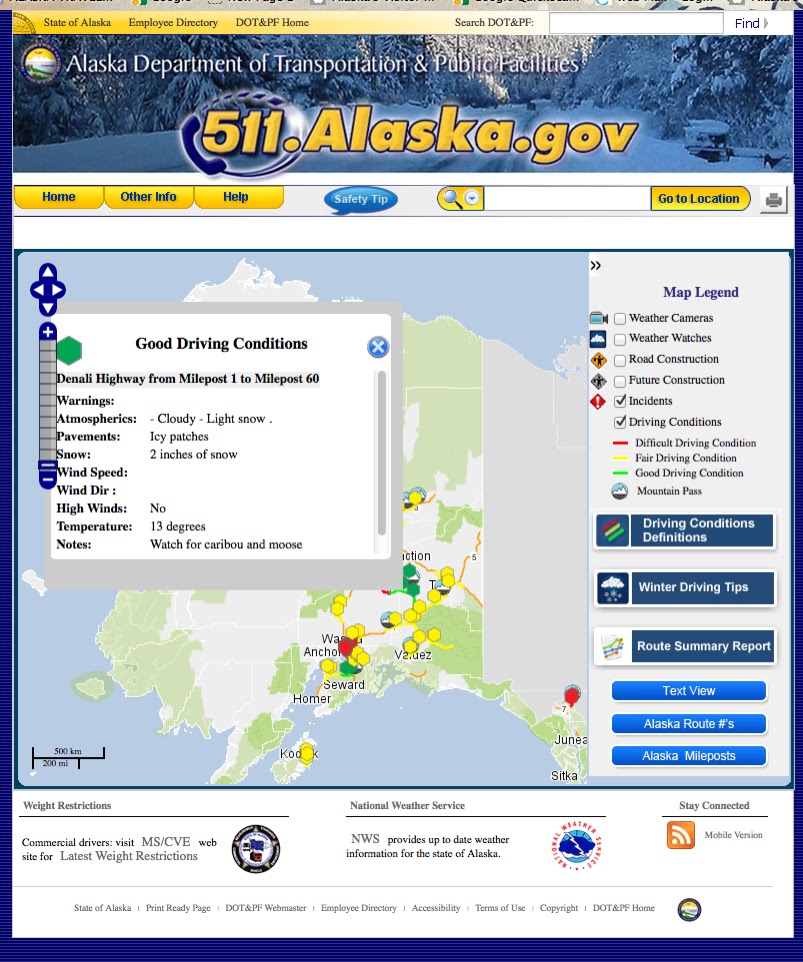Legislators Struggle With Major Budget Deficits
FROM THE ALASKA BEACON Between vows against taxes and using savings, the 2025 PFD and Alaska state services are in a vise Legislators are...
FROM THE ALASKA BEACON
Between vows against taxes and using savings, the 2025 PFD and Alaska state services are in a vise
Legislators are expected to reduce this year’s proposed Permanent Fund dividend in order to resolve a looming deficit
As Alaska lawmakers confront a major budget deficit, legislators’ opposing views on possible solutions appear likely to lead to a lower Permanent Fund dividend and cuts to services, including public schools.
In public statements, members of the Alaska Senate’s majority caucus have said they oppose spending from savings to balance the budget and want to see new revenue bills instead.
Meanwhile, members of the state House and Gov. Mike Dunleavy have said they oppose new revenue bills and would prefer to spend from savings.
Those different positions leave only budget cuts — to public services and the dividend — as the way to balance the budget.
“It’s still a very dynamic conversation right now. … We can clearly see we don’t have enough funds to pay for everything,” said Rep. Bill Elam, R-Nikiski.
“In the absence of revenue, the PFD is going to go away. An affordable PFD this year is like $500,” said Rep. Zack Fields, D-Anchorage.
As it prepares its draft of the state’s operating budget, the Alaska Senate’s finance committee has already stripped out all spending increases proposed by the state House in its draft budget, and it has nixed most of the increases requested by Dunleavy.
Even after cutting more than $200 million from a budget draft approved by the House, the Senate Finance draft budget has a deficit of at least $70 million — and possibly much more, depending on the results of ongoing labor negotiations and other factors.
Next on the chopping block is the dividend, set at $1,400 per recipient by the House.
“I believe, because of the tightness of this year’s budget, we are looking at reducing that further, but no further than $1,000,” Hoffman said.
That reduction would save close to $420 million, he told reporters on Tuesday, but the size of the reduction hasn’t been finalized.
While legislators have not agreed on a new formula to set the dividend, the amounts each of the past two years were based on 25% of the annual draws from the Permanent Fund, a share supported by some senators since at least 2017. Reducing the dividend below $1,400 would end that practice.
With three weeks left in the Legislature’s regular session, the Senate has passed one revenue bill — modifying the state’s corporate income tax for big Internet companies like Amazon — and two others remain in committee.
On Tuesday, Senate Majority Leader Cathy Giessel, R-Anchorage, confirmed that the Senate will not pass the biggest revenue proposal this year: a reduction in the per-barrel tax credit given to oil companies as part of the state’s oil tax system.
That leaves only a change to the taxation of privately held companies like Hilcorp, the North Slope oil firm, on the Senate’s docket.
Even if both bills were to pass the Legislature and gain Dunleavy’s approval, the combined gain to the state treasury would be the equivalent of less than $200 for the Permanent Fund dividend.
On top of that, the odds of the House passing and the governor allowing both revenue bills appear low.
In a March opinion column published by the Anchorage Daily News, House Majority Leader Chuck Kopp, R-Anchorage, joined 15 members of the Republican House minority in opposing two of the three Senate bills.
Asked why Alaskans should endure a PFD cut to avoid higher taxes on those companies, Kopp said on April 8, “Right now, our oil and gas industry is recovering from the COVID-19 setback and we are currently on the verge of a renaissance in the energy industry. … I don’t want to kill an energy renaissance when it is just forming, coming online and showing tremendous promise.”
The House’s majority caucus has only 21 members, meaning that Kopp’s opposition would require the majority to have the support of at least one member of the House’s Republican minority in order to advance one of the oil-related bills.
But even if a bill were to pass the House and Senate, Dunleavy would still have to OK it.
“I told legislative leadership, I’m not interested in new taxes. I’m not interested in a program that taxes and spends, taxes and spends,” the governor told reporters during a news conference earlier this month.
As an alternative to cutting the dividend and services, the Legislature could unlock the Constitutional Budget Reserve, a $2.8 billion savings account. Lawmakers are already planning to do so in order to cover a $200 million shortfall in the current year’s budget.
But on Tuesday, members of the Senate’s majority caucus reiterated their opposition to that idea.
As bad as the state’s budget situation is this year, it’s likely to be worse next year, said Sen. Bert Stedman, R-Sitka and co-chair of the Senate Finance Committee.
“We’re very concerned (about) any access to the CBR this year … because the concern is next year, it’s highly likely we’re going to need it,” he said.
Between federal budget cuts and depressed oil prices, the problems that the state is facing now will be repeated next year, both Stedman and Hoffman said. That’s when the Legislature will debate the budget to cover the fiscal year from July 2026 to June 2027.
“That is also an integral part of what we’re having dialogue on — positioning the state for the FY27 budget a year from now, so we’re not … halfway down a cliff, heading for a final stop,” Stedman said.

















